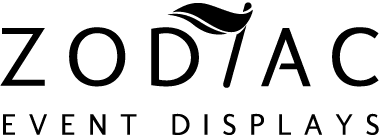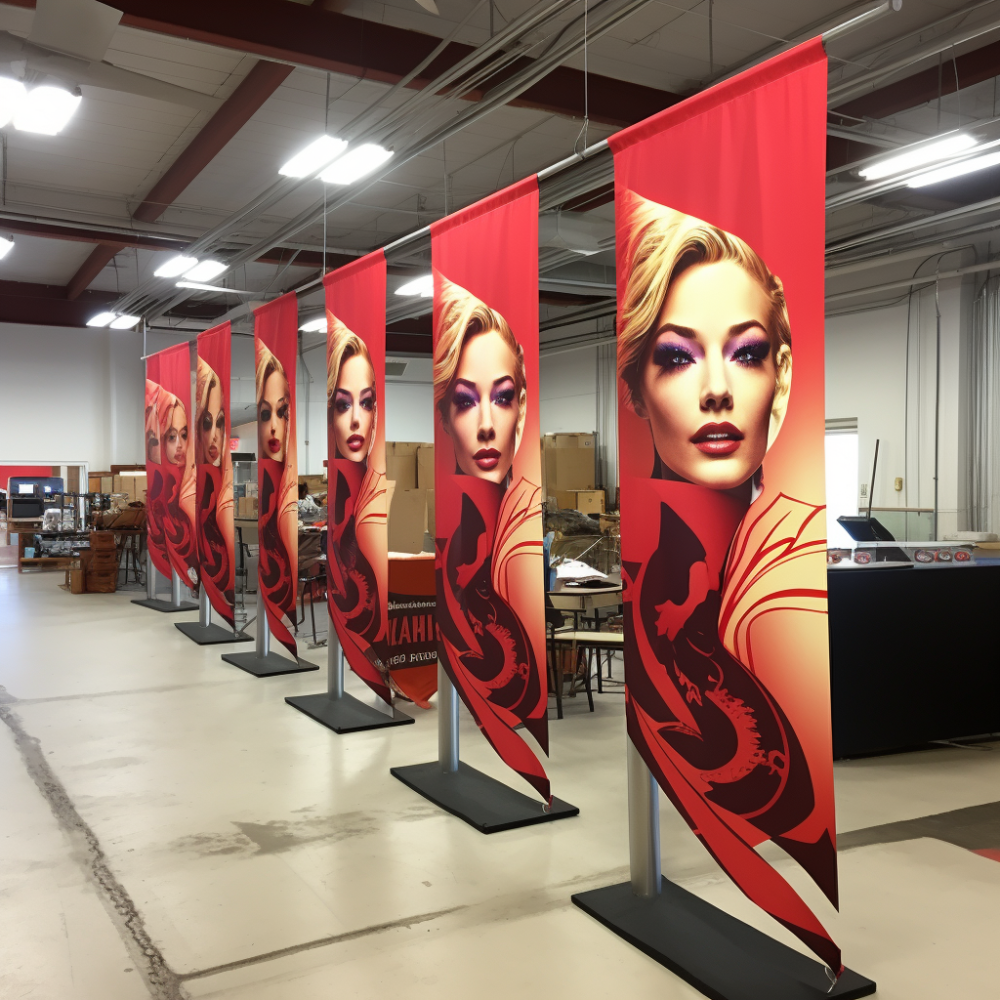
When it comes to trade shows and events, the location of your booth can make or break your success. Understanding the importance of booth location is crucial for maximizing visibility, attracting foot traffic, and ultimately, achieving your event goals. A prime booth location can significantly enhance your brand’s presence and ensure that you stand out amidst the competition.
High-traffic areas, such as entrances, exits, and intersections, naturally draw more visitors. These spots provide optimal exposure and can lead to increased interactions with potential clients. Conversely, a poorly chosen location, like a secluded corner, might result in minimal visibility and engagement. It’s essential to consider the flow of foot traffic and position your booth where it will capture the most attention.
Additionally, being strategically placed next to complementary businesses or popular attractions can further boost your booth’s appeal. For instance, aligning with industry leaders or crowd-drawing activities can create a synergy that benefits all parties involved. This kind of thoughtful placement enhances the overall attendee experience and increases the likelihood of meaningful connections.
Moreover, the proximity to essential facilities such as restrooms, food courts, and lounges can also impact your booth’s success. Attendees naturally gravitate toward these areas, providing more opportunities for engagement.
Understanding booth location importance goes beyond just selecting a spot; it involves a strategic approach that considers various factors to optimize your event presence. If you’re looking to amplify your event marketing and ensure your booth location works to your advantage, send us a message or visit our website for expert guidance.
Identifying Ideal Event Spaces
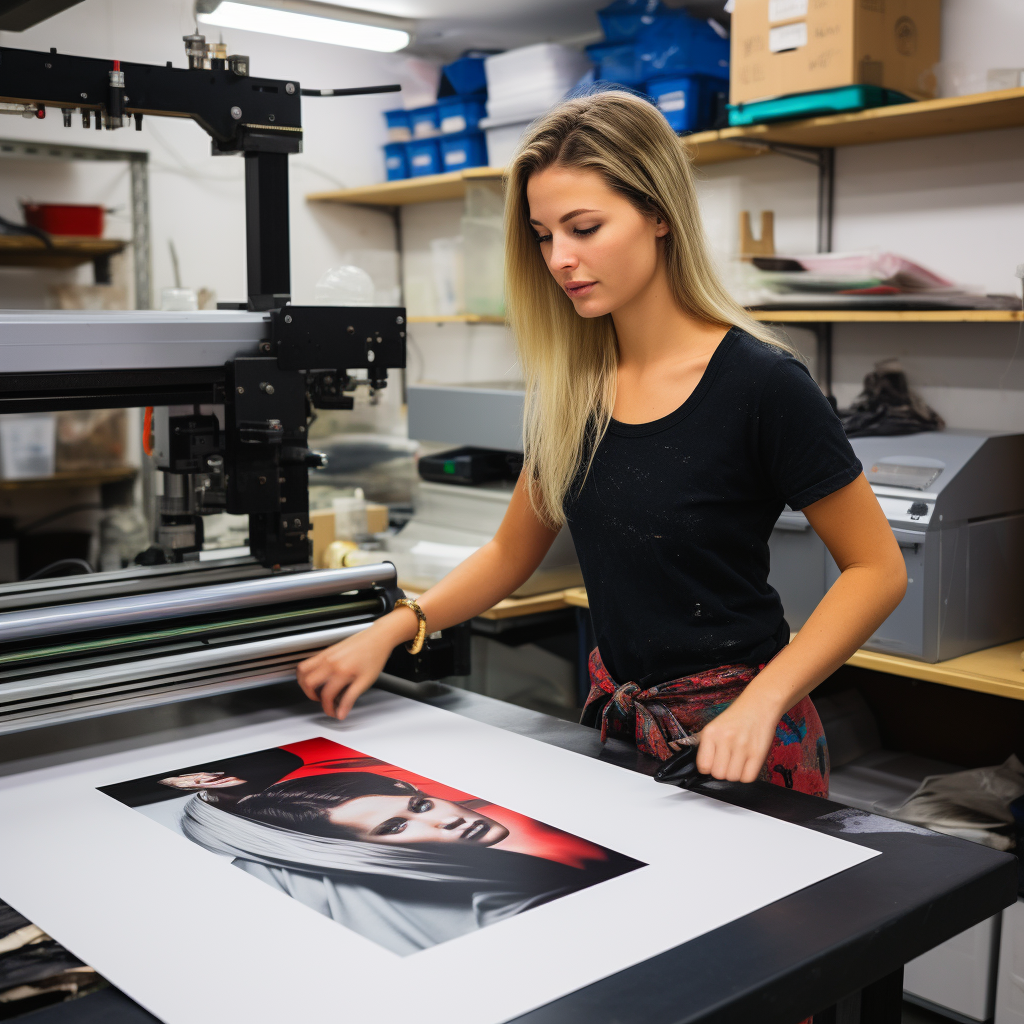
Identifying the ideal event space for your booth is an essential step in ensuring a successful trade show experience. The right event space will cater to your specific needs and help you achieve your goals, whether that’s generating leads, increasing brand awareness, or showcasing new products. Here are some key considerations to keep in mind when selecting an event space:
- Event Type: Different types of events attract different audiences. Understanding the nature of the event—be it a trade show, conference, or expo—will help you determine if it aligns with your target market.
- Audience Demographics: Analyze the event’s attendee profile. Knowing the demographics, interests, and behaviors of the participants can help you assess whether the event will attract your ideal customer base.
- Venue Size and Layout: The size and layout of the venue play a crucial role in booth placement. Large venues with ample space can accommodate elaborate displays, whereas smaller venues may require more compact setups. Additionally, consider the venue’s layout to identify high-traffic areas and strategic locations.
- Competitor Presence: Research the presence of competitors at the event. While being in close proximity to competitors can be beneficial for comparison purposes, it’s also important to differentiate your booth to stand out.
- Accessibility: Ensure the venue is easily accessible for both attendees and your team. Convenient transportation options, parking facilities, and accommodations nearby can significantly impact the overall success of your participation.
- Event Reputation: Events with a strong reputation and history of successful outcomes are more likely to draw a larger and more engaged audience.
Taking these factors into account will help you pinpoint the ideal event spaces that align with your objectives and maximize your booth’s impact.
Analyzing Competitor Booth Locations

Once you’ve identified your ideal event space, the next step is to analyze competitor booth locations. Understanding where your competitors are positioned can provide valuable insights and inform your own booth placement strategy. Here are some key aspects to consider:
- Proximity to Competitors: Being near competitors can have both advantages and disadvantages. On one hand, it creates opportunities for direct comparison and potentially attracting their audience. On the other hand, it may lead to increased competition for attention. Weigh these factors carefully to decide the best approach for your brand.
- Traffic Flow Analysis: Observe the flow of foot traffic around competitor booths. High-traffic areas can offer increased visibility and engagement opportunities. If competitors are consistently positioned in certain spots, it might indicate those areas are prime real estate.
- Engagement Strategies: Take note of the engagement strategies employed by competitors, such as interactive displays, giveaways, or demonstrations. Understanding their tactics can help you devise unique and compelling strategies to differentiate your booth.
- Booth Design and Layout: Analyze the design and layout of competitor booths. Identify what works well and what doesn’t. This can inspire improvements in your own booth design, ensuring it stands out in a crowded exhibition hall.
- Brand Positioning: Consider how competitors position their brands within the event space. Are they near complementary businesses, or do they prefer standalone spots? This can influence your decision on whether to cluster with similar brands or carve out a unique niche.
By thoroughly analyzing competitor booth locations and strategies, you can make informed decisions that enhance your booth’s visibility and appeal. This competitive edge will help you attract a larger audience and achieve your event marketing goals.
Planning Your New Booth Layout
After strategically choosing your new booth location, the next crucial step is planning your new booth layout. A well-designed layout can significantly enhance visitor engagement and create a memorable experience for attendees. Here’s how to optimize your booth layout for maximum impact:
- Define Your Objectives: Begin by defining the primary objectives of your booth. Whether it’s generating leads, showcasing new products, or building brand awareness, having clear goals will guide your layout decisions and ensure every element serves a purpose.
- Maximize Space Utilization: Use every inch of your booth space efficiently. Incorporate modular displays that can be easily adjusted to fit different spaces. Consider vertical displays to utilize height and create a dynamic visual experience.
- Visitor Flow: Plan the layout to facilitate smooth visitor flow. Avoid clutter and create clear pathways that guide attendees through different sections of your booth. Strategically place key elements like product displays, interactive stations, and seating areas to encourage exploration.
- Engaging Elements: Include engaging elements that attract and retain visitors. Interactive displays, touch screens, and live demonstrations can create a hands-on experience. Comfortable seating areas provide a space for deeper conversations and can prolong visitor interaction.
- Brand Consistency: Ensure your booth layout reflects your brand’s identity. Use consistent colors, fonts, and messaging to create a cohesive look. Custom signage and branded materials, like pop-up banners and table covers, can reinforce your brand presence.
- Lighting and Ambiance: Lighting plays a vital role in setting the mood and highlighting key areas. Use a combination of ambient, task, and accent lighting to create an inviting atmosphere. Proper lighting can draw attention to featured products and enhance visual appeal.
- Accessibility: Design your booth with accessibility in mind. Ensure there are no obstacles for individuals with disabilities and that all visitors can easily navigate the space. Inclusive design fosters a positive impression and widens your audience reach.
By carefully planning your new booth layout, you can create an inviting and effective space that drives engagement and meets your event objectives. A thoughtful layout not only attracts visitors but also encourages meaningful interactions, ultimately contributing to the success of your event participation.
Effective Communication With Event Organizers
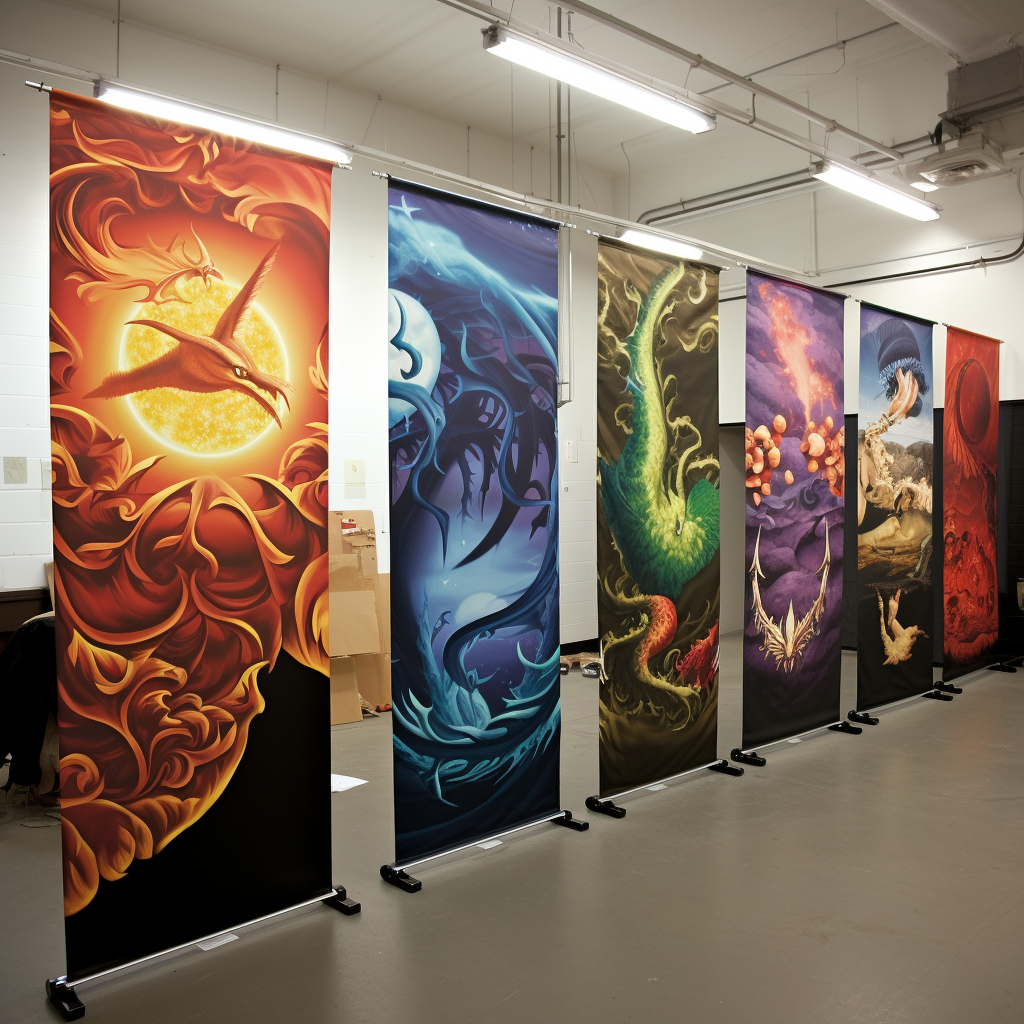
Establishing effective communication with event organizers is paramount for a seamless booth transition and overall event success. Open lines of communication ensure you are well-informed and can address any issues promptly. Here are some strategies to enhance your interactions with event organizers:
- Early Engagement: Initiate contact with event organizers as early as possible. Early engagement allows you to understand their expectations, guidelines, and any specific requirements for booth setups. It also gives you ample time to address any concerns or make necessary adjustments.
- Clear and Concise Communication: Be clear and concise in your communications. Whether it’s through emails, phone calls, or meetings, ensure your messages are straightforward and to the point. Providing detailed information about your booth requirements, such as dimensions, electrical needs, and special requests, helps organizers accommodate your needs effectively.
- Regular Updates: Keep event organizers updated on your plans and progress. Regular updates can include timelines, layout changes, or any logistical issues that may arise. This proactive approach prevents last-minute surprises and helps organizers provide better support.
- Ask Questions: Don’t hesitate to ask questions if you’re unsure about any aspect of the event. Clarifying details about setup times, security measures, or promotional opportunities can help you prepare better and avoid potential pitfalls.
- Build Relationships: Building a positive relationship with event organizers can be highly beneficial. Being courteous, respectful, and appreciative of their efforts fosters goodwill and can lead to better support and cooperation. Long-term relationships with organizers can also result in preferential treatment or early access to prime booth locations in future events.
- Feedback Loop: Establish a feedback loop with event organizers. Provide constructive feedback after the event, highlighting what went well and areas for improvement. Similarly, be open to receiving their feedback on your booth setup and participation. This mutual exchange of insights helps both parties enhance future event experiences.
Effective communication with event organizers is a cornerstone of a successful event strategy. By maintaining clear, consistent, and courteous interactions, you can ensure a smooth booth transition and maximize your impact at the event. Strong communication not only helps in resolving issues promptly but also paves the way for long-term partnerships that benefit your brand in the long run.
Maximizing Visibility and Foot Traffic
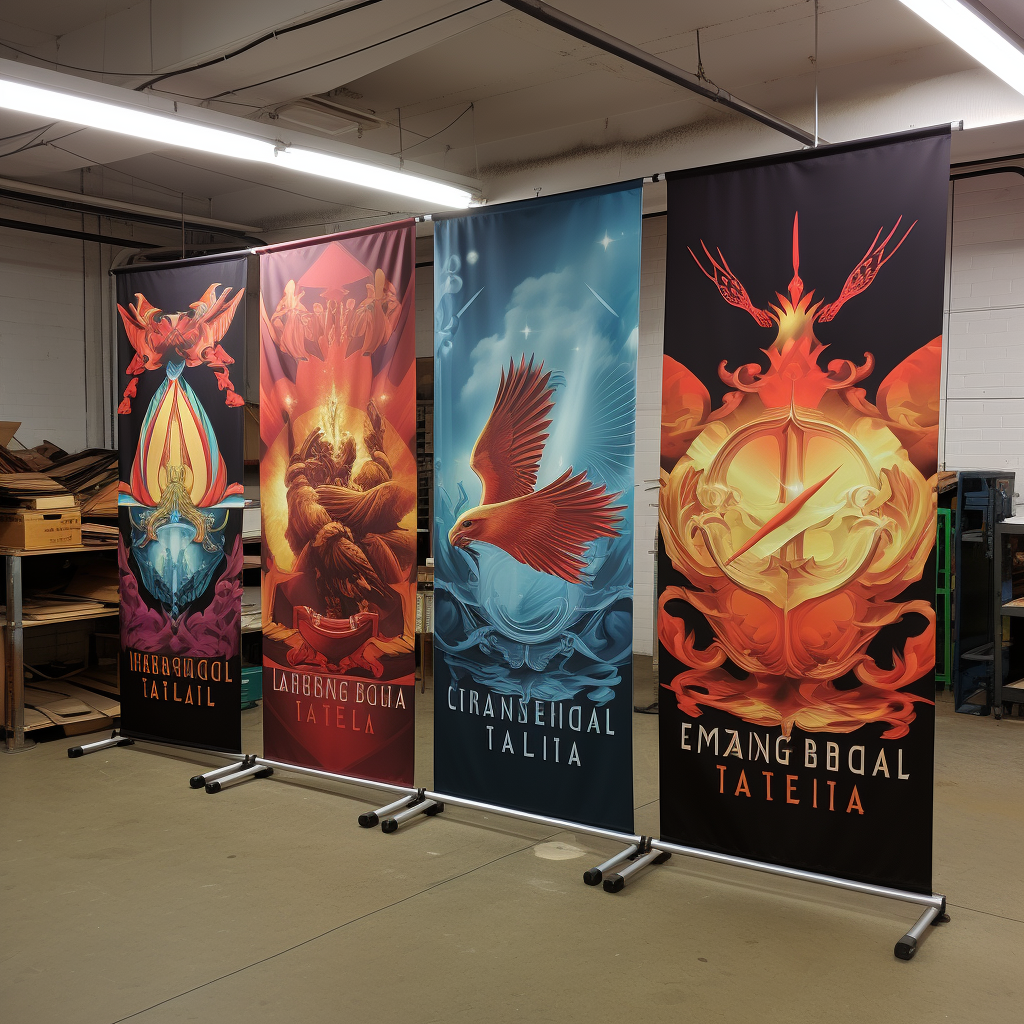
Once you’ve secured an optimal booth location, maximizing visibility and foot traffic becomes your next priority. The ultimate goal is to attract as many attendees as possible to your booth, ensuring that your brand gets the attention it deserves. Here are some effective strategies to achieve this:
- Eye-Catching Displays: Invest in visually striking displays that draw attention from afar. Use bold colors, unique designs, and dynamic elements like digital screens or interactive exhibits to make your booth stand out. Incorporating dye sublimated fabric displays can add a high-quality, professional touch that resonates with attendees.
- Strategic Lighting: Proper lighting can make a significant difference in highlighting your booth. Use a combination of spotlights and ambient lighting to create a welcoming and engaging atmosphere. Highlight key areas such as product displays or demo stations to guide attendees’ focus.
- Promotional Signage: Utilize high-impact promotional signage like flag banners, pop-up signs, and banner stands to communicate your brand message clearly. Ensure that your signage is placed at eye level and includes concise, compelling messages that entice visitors to stop by.
- Interactive Elements: Incorporate interactive elements such as touch screens, VR experiences, and product demonstrations. Engaging activities not only attract visitors but also provide memorable experiences that can lead to meaningful interactions and conversions.
- Staff Engagement: Train your staff to be proactive and approachable. Encourage them to engage with attendees, offer assistance, and initiate conversations. A friendly and knowledgeable team can significantly enhance the visitor experience and drive traffic to your booth.
- Pre-Event Marketing: Promote your booth location and offerings through pre-event marketing campaigns. Use social media, email newsletters, and event apps to inform attendees about your presence and what they can expect. Offering exclusive incentives or giveaways can further entice visitors to seek out your booth.
By implementing these strategies, you can significantly increase the visibility and foot traffic of your booth, ensuring a successful event experience. Remember, the key is to create an inviting and engaging environment that captures the interest of attendees and keeps them coming back. Send a message to info@zodiacdisplays.com to amplify your event marketing or visit our website to explore more solutions.

